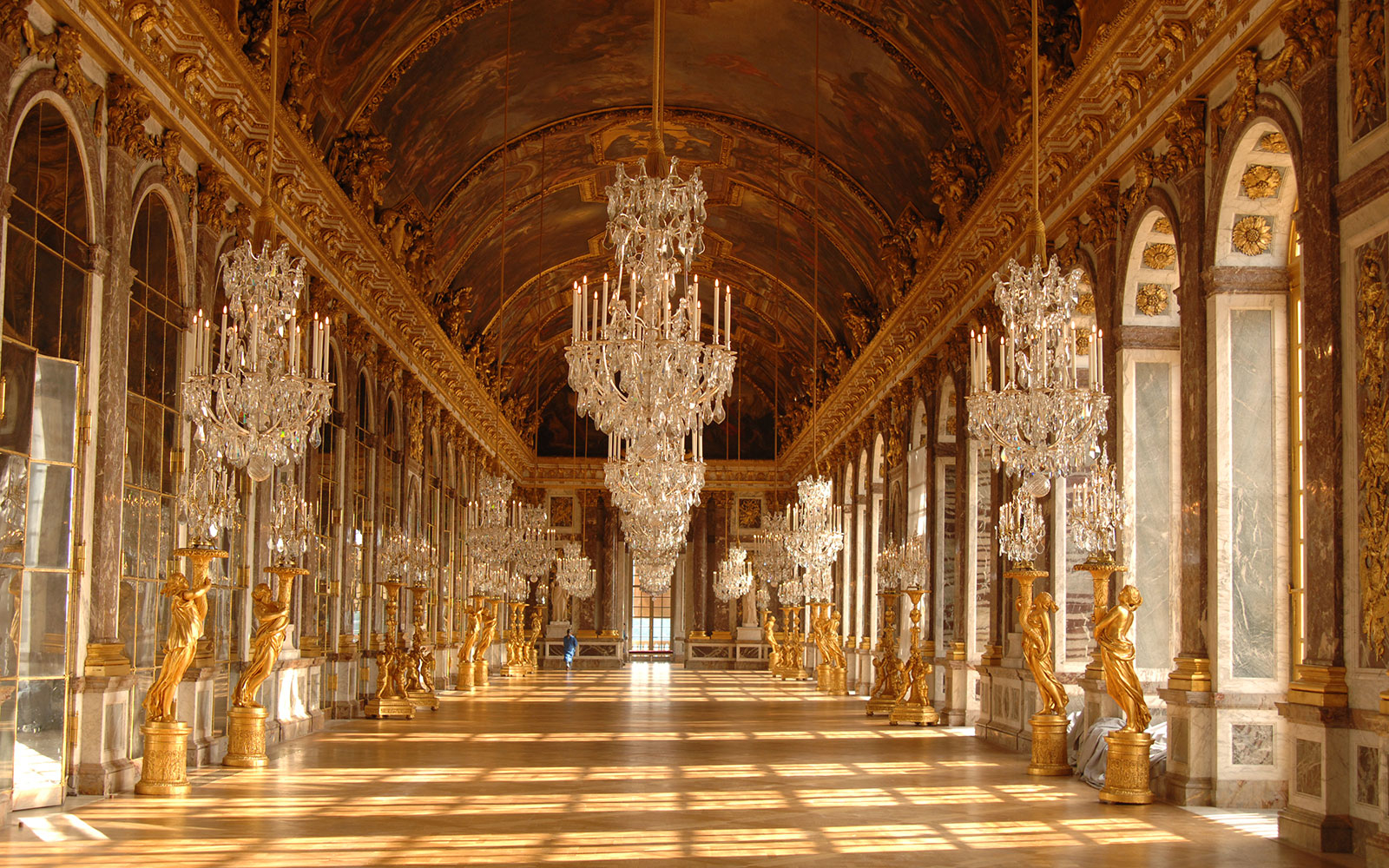In the current sociopolitical climate, I’ve been engaging with art that explicitly functions as psychological release or as a social or political agent. Art can take a stand, art can unite and art can heal. But is there still room to think about art that is simply for looking at? Can art be cosmetic instead of cathartic?
Enter Rococo.
“Rococo” refers to the aesthetic of the French court and their contemporaries during the 18th century. The name is derived from the French word rocaille (rock) the term used refer to the shell-like motifs characteristic of the style.
The Rococo style gained traction after the death of Louis XIV in 1715. The richly-colored, heavy opulence of the Baroque style gave way to a more graceful, airy and romantic style in the court of Louis XV. Those operating within the style kept much of the intricate designs of the Baroque Era but went lighter-both figuratively and literally.
I had always thought of Rococo as a frou-frou style, devoid of deeper meaning imparted by artists into their works. Rococo is always presented in textbooks as a beautiful yet somewhat superficial style, the artistic filler between Baroque and Neoclassicism. Where Baroque is stately and serious, Rococo is characterized by a witty flirtatiousness and an overall more light-hearted tone. All art history students know “The Swing” by Jean-Honore Fragonard, often taught as the epitome of the style. In the painting, a young woman in an exceptionally voluminous pink dress is perched on a swing in motion. Though softly dappling light filters through the trees, she is clearly the star of the show and both highlighted and featured in the center of the composition. A young man crouched in the corner is able to look up her skirts as she moves and her shoe is flying off her foot-ah, the Happy Accidents of the Swing.

Such frivolities are translated into interior design through the use of pastels and delicate gilded floral and vegetal plasterwork. While Baroque structure focus on showing power and prestige through large-scale exterior ornamentation, Rococo often focuses instead on interior decorative details.
In and of themselves, Rococo works do not mean much. There is no hidden intellectual symbolism behind the golden shells adorning furniture; they are simply golden shells on furniture. In art history writing, we conduct what we call “Formal Analysis” which is a catalogue of what we see and what it means (other disciplines call this a “close read”). We can talk about the lighting and forms of Rococo art but while use of light and materials that shine take on special symbolism in churches, it would not be atypical to just say that certain forms and materials were used because they were expensive and looked pretty. But considered within the social and historical context, this highly ornamental style becomes somewhat more complex.

Rococo can first be considered as a slight departure from Baroque styles of the preceding century. While both earlier Baroque styles and Rococo are highly ornamental and speak to the wealth of their patrons, Rococo interiors diverge and create a new style, one that is synonymous with the court of Louis XV and XVI and perhaps even a style characteristic of France in its time. Although the influences of Rococo can be seen in the art of Britain and the United States, it is characteristically French in nature. In this way, we can think of Rococo as the fashionably French way to display wealth.
More ominously however, Rococo was the visual manifestation of the excess and opulence of the French ruling class. In some ways, it’s the artistic representation of Marie Antoinette’s infamous “Let them eat cake”, an overt show of wealth and complete disregard for the plight of the working class. Rococo’s romanticism is divorced from the grim realities of surviving 18th century France. Decades of such visible and frivolous uses of money by the elite could have hastened their demise by fueling resentment from the working class. Although on the surface Rococo might seem to be a silly, the style takes on a deeper meaning when contextualized fully.
Which is all to say that with everything, even for silly golden shells, there’s more than meets the eye.


I have to admit, I do love a bit of rococo design. I love its ridiculousness and total detachment from the real world! (I think there is a slight formatting error in your last para though!)
LikeLike
Sharp eye! you are quite correct, I’ve fixed it now 🙂
LikeLiked by 1 person
Refreshing view of Rococo, which usually gets treated as a frivolous mistake. Thank you.
LikeLike